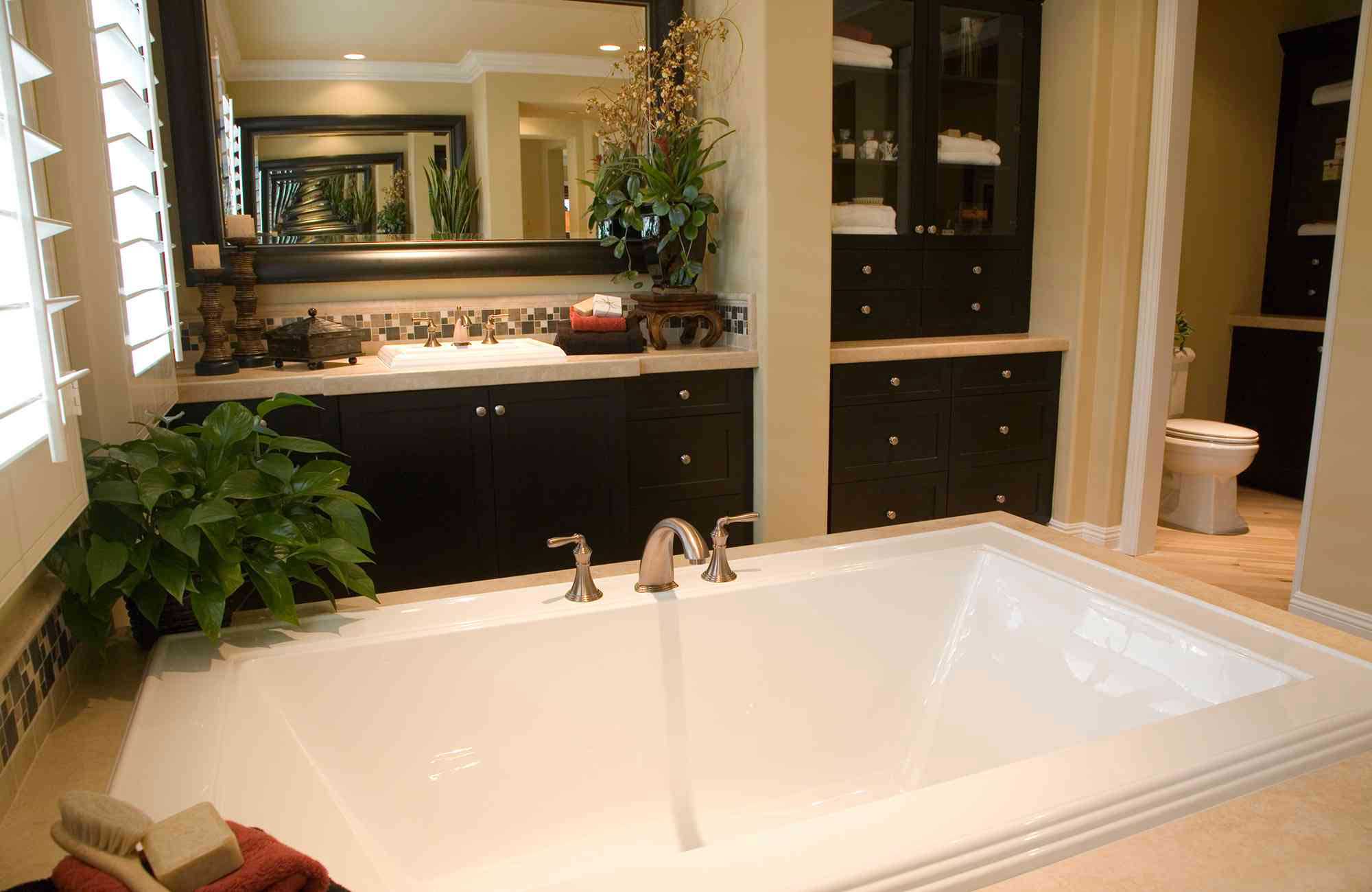Home remodeling can be a rewarding adventure, providing the chance to change your residence into a reflection of your personal style and desires. However, it is simple to get overwhelmed by the multitude of options and many pitfalls during the process. From selecting the right shades and resources to choosing between do-it-yourself tasks and contracting a builder, managing the remodeling process demands thorough preparation and consideration.
In this guide, we will explore common mistakes that property owners often face and give valuable insights on how to steer clear of them. Whether you are wanting to renovate your kitchen, remodel your bathroom, or create a more efficient basement, understanding the details of the remodeling process can save you time, cash, and heartache. Let’s jump into the crucial strategies that will help ensure your remodeling adventure goes smoothly and successfully.
Planning Your Home Renovation

Successfully preparing a home improvement begins with establishing clear goals. Identify what spaces you wish to update and the purpose behind your remodel. Regardless of whether you seek to improve functionality, improve aesthetics, or increase property value, having a definitive vision will steer your decisions throughout the process. A well-defined plan acts as a road map, helping you rank tasks and manage time productively while staying within your budget in check.
Next, do comprehensive research on possible costs and materials. Understanding the financial aspects can significantly impact your choices, be it that you aim for a full renovation or minor upgrades. Look into current trends and find motivation from various sources, such as magazines, online platforms, and showrooms. This knowledge will allow you to reconcile your desires with budget constraints, guaranteeing that you make knowledgeable choices that align with your vision.
Lastly, consider whether to tackle the project yourself or hire a professional. Weighing DIY options against contractual assistance can be crucial in avoiding common home remodeling mistakes. If you opt to go the DIY route, verify you have the sufficient skills and tools for the job. On the other hand, if you decide on a contractor, find credible professionals with knowledge in the specific type of remodel you are performing. Thoroughly vet your choices, inspecting references and reviews, to guarantee the best outcome for your home remodel.
Budgeting for Your Renovation
A thoughtfully constructed budget is crucial for the effectiveness of any home renovation project. Start by evaluating how much you can practically afford to invest, factoring in your financial reserves and any potential loans. Consider developing a detailed list to list all your anticipated outlays, including materials, construction fees, legal costs, and unforeseen costs. This will help you maintain a concise overview of your financial commitments throughout the remodeling process.
To avoid excessive spending, differentiate your necessities versus preferences. Focus on the important upgrades that will improve functionality and beautify your living space. Research costs for different materials and labor in your area, as prices can vary significantly based on location and quality. Don't forget to set aside a contingency fund, typically around 10 to 20 percent of your total budget, to manage surprise expenses that often arise during renovations.
Finally, keep in mind that being open to change can cut you cost. If you encounter budget constraints, consider changing your plans or project duration. Instead of choosing high-end finishes, consider budget-friendly alternatives that still provide the preferred look and feel. By staying systematic and adaptable, you can successfully navigate your remodeling project while keeping finances in check.
Styles and Aspects to Think About
As you plan your home remodel, it’s crucial to keep an attention on emerging trends that can enhance both functionality and visual appeal. In 2024, there is a significant focus on eco-friendly materials and eco-conscious solutions. Homeowners are increasingly seeking environmentally-friendly options such as reclaimed wood, minimal VOC paints, and efficient appliances. Incorporating these features not only helps in reducing your carbon footprint but can also lead to considerable savings on energy bills in the long run.
Another key trend is the blending of smart home technology into remodels. Features like intelligent lighting, automated thermostats, and home safety systems are becoming necessary for modern homes. These improvements not only add ease but also raise your home's equity. When thinking about https://baldwin-ahmed-2.thoughtlanes.net/designing-a-perfect-kitchen-redesign-tips , explore how you can blend these smart features seamlessly into your design, enhancing both comfort and functionality.
Finally, reflect on the significance of versatile living spaces. With more people working from home and spending time indoors, designing flexible spaces is important. Open floor designs that flow from one area to another can make your home feel more roomy and functional. Additionally, components like integrated storage solutions, multi-purpose rooms, and outdoor living improvements can considerably improve your lifestyle. Focusing on flexibility in your remodel will ensure that your space satisfies your needs now and in the future.
